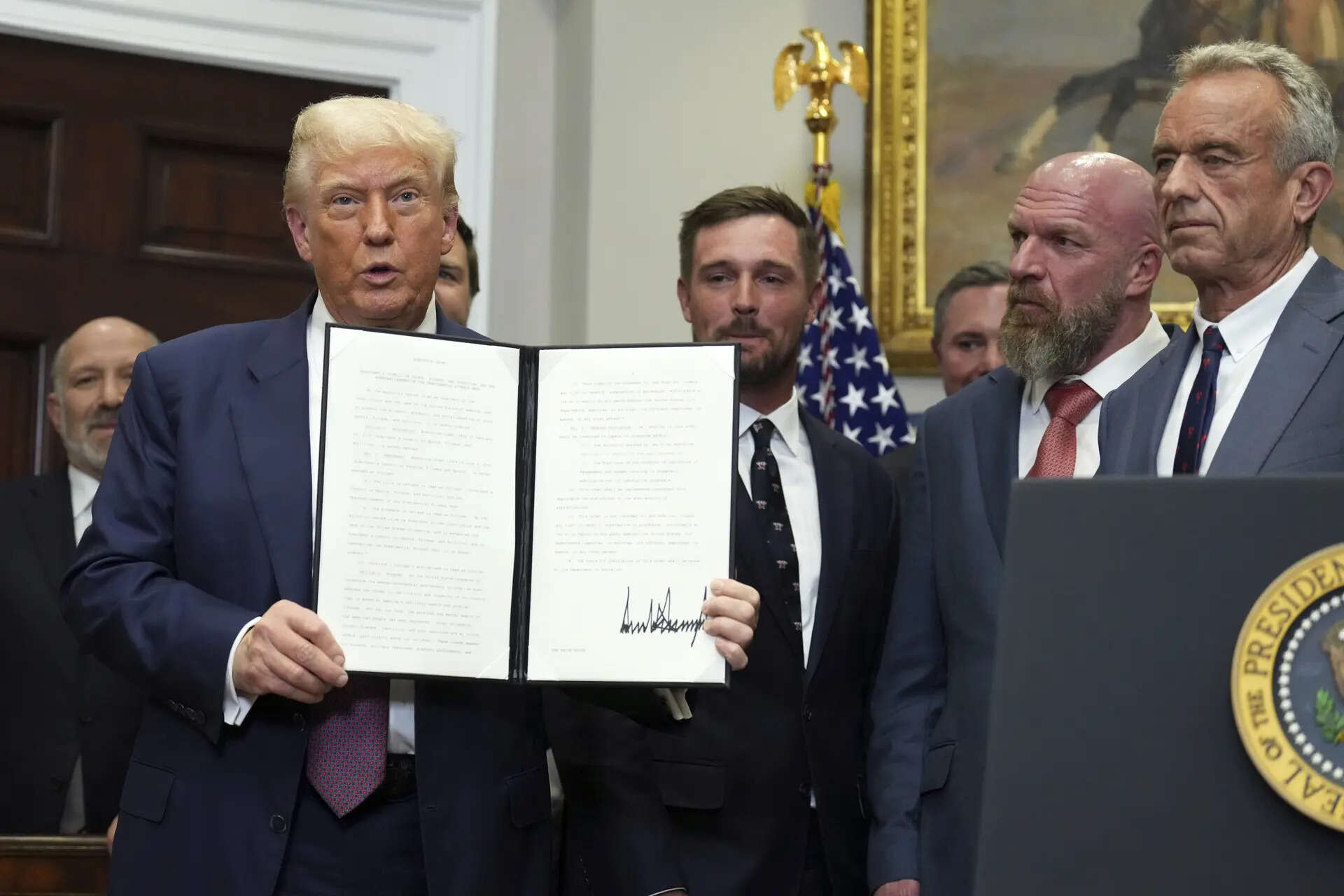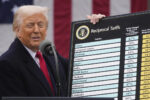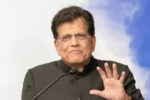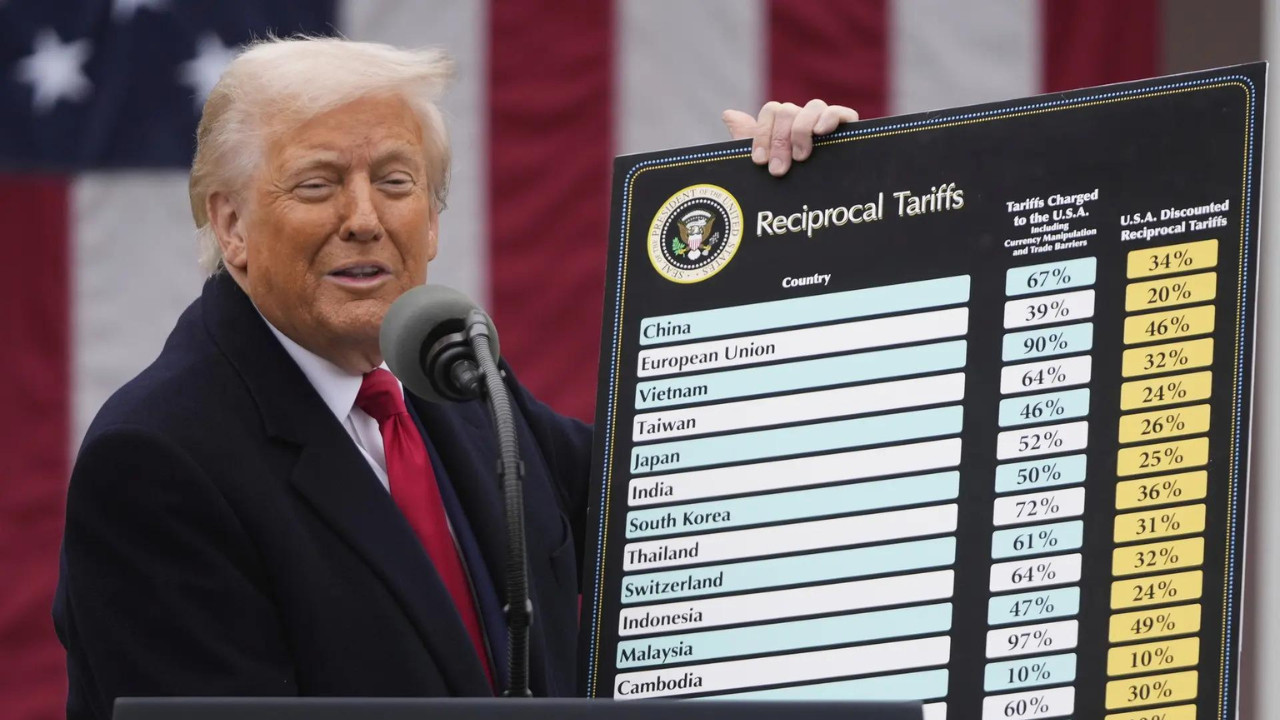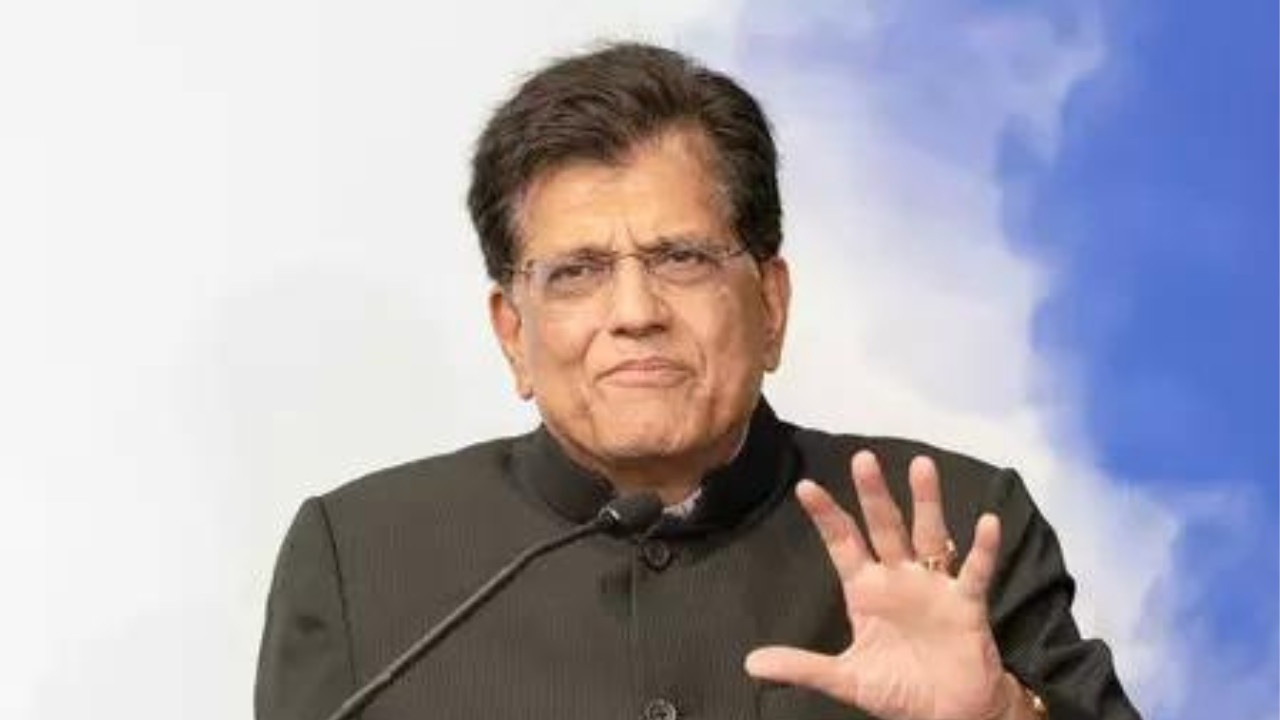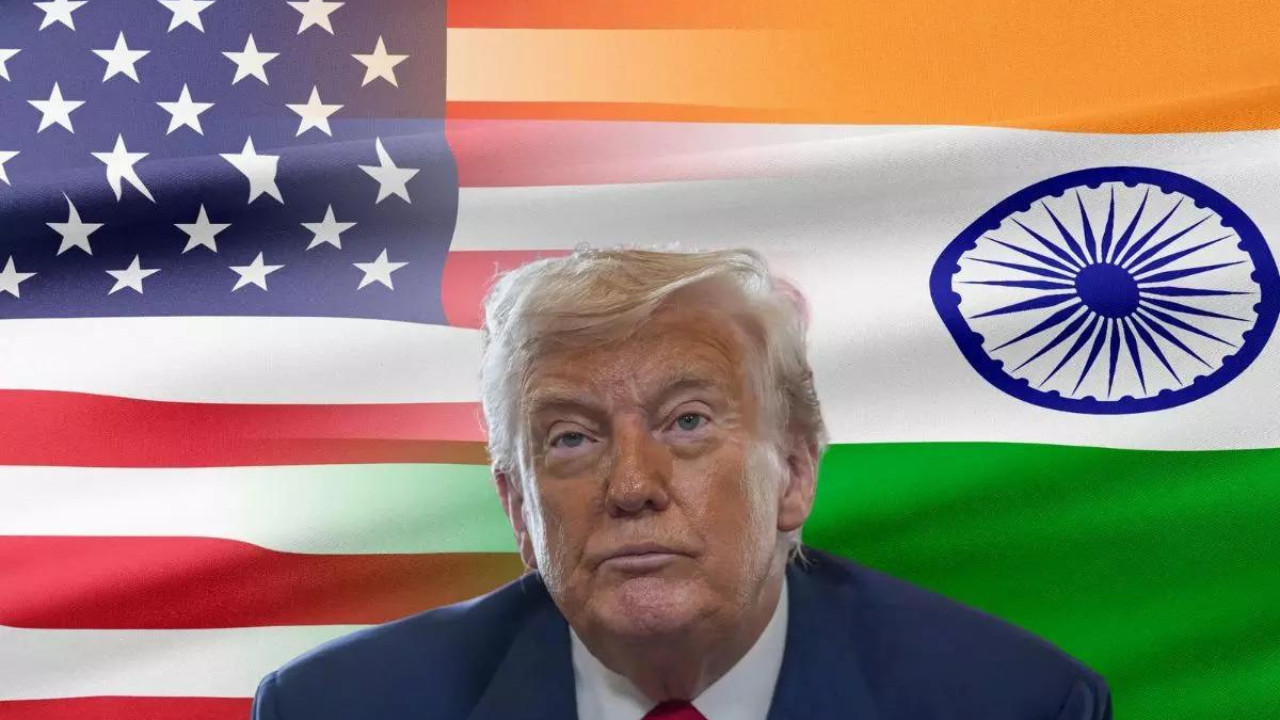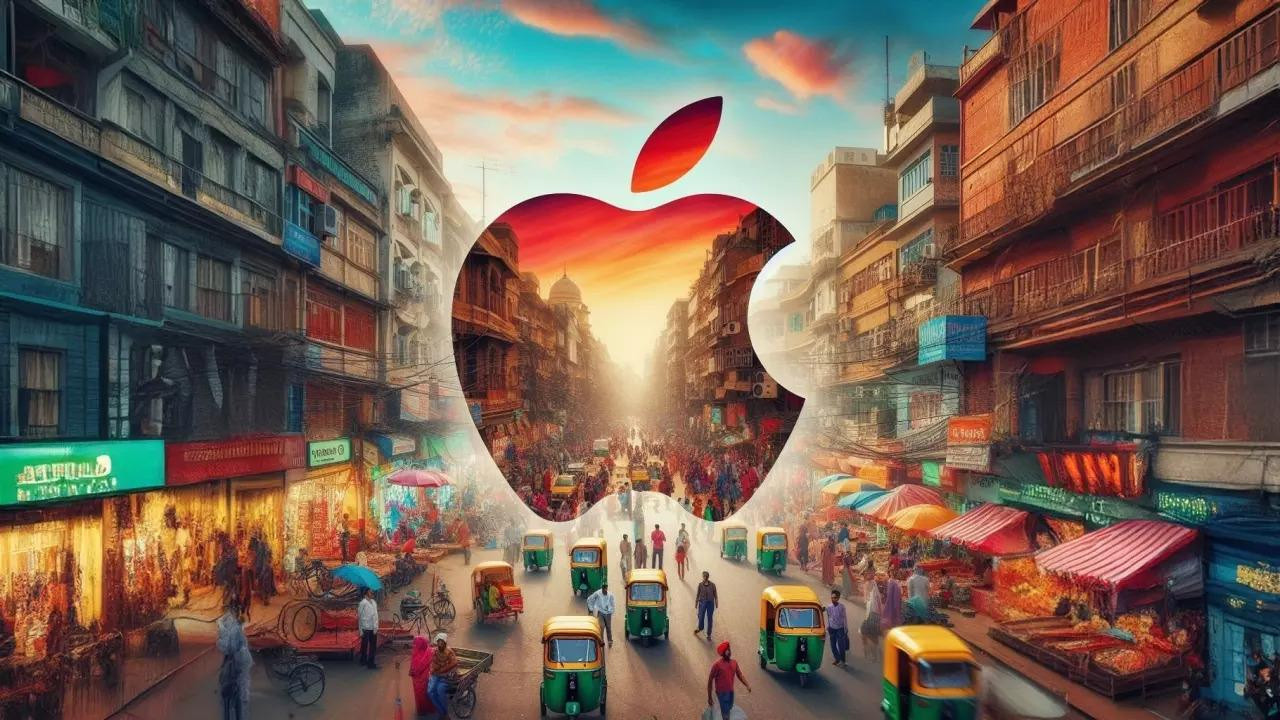US President Donald Trump has implemented a revised trade tariff regime under his “America First” policy, effective August 7. It imposes a default 10% tariff on 68 nations and the EU, with higher rates for countries with trade deficits, starting at 15%. Syria faces the highest tariff at 41%.
The Tariff Tango: What Trump’s New Trade Moves Mean for You
The economic landscape just got a fresh coat of paint, and the brush was wielded by none other than Donald Trump. An executive order signed recently threatens to significantly reshape trade relationships, specifically targeting countries deemed to be undervaluing their currencies and harming American businesses. This isn’t just about numbers on a spreadsheet; it’s about the price of goods, the stability of industries, and ultimately, the money in your pocket. So, let’s unpack this and see what’s really going on.
Diving Deep: Understanding the Currency Undervaluation Argument
At the heart of this move is the accusation of currency undervaluation. The argument, in a nutshell, is this: some countries deliberately keep their currencies artificially low to make their exports cheaper and more attractive on the global market. This gives them an unfair advantage, critics say, undercutting American companies and costing jobs. The US government now aims to level the playing field by imposing tariffs – taxes on imported goods – to offset this perceived advantage. The scale? Potentially up to a whopping 41%.

But it’s not as simple as pointing fingers and slapping on tariffs. Defining and proving currency manipulation is a complex process. What one economist sees as a necessary adjustment to maintain economic stability, another might view as a deliberate attempt to gain an unfair advantage. It’s a debate with no easy answers, and the stakes are incredibly high.
Who Feels the Pinch? The Potential Impact of New Tariffs
So, who’s likely to feel the burn from these new tariffs? While the specific countries targeted haven’t been explicitly named yet, the implications are far-reaching. Businesses that rely on importing goods from countries accused of currency manipulation could see their costs skyrocket. This, in turn, could lead to higher prices for consumers, impacting everything from electronics and clothing to raw materials used in manufacturing.
Imagine a small business owner who imports components from overseas to assemble a product here in the US. If those components suddenly become 41% more expensive, they face a tough choice: absorb the cost, raise prices, or find alternative suppliers. None of those options are particularly appealing.
Beyond individual businesses, entire sectors could be affected. Industries that are heavily reliant on international trade, such as agriculture and technology, are particularly vulnerable to disruption. The ripple effects could extend to job losses, reduced investment, and slower economic growth.
The Art of the Deal: Navigating the Trade Minefield
The executive order doesn’t just impose tariffs; it also directs the US Treasury Department to work with the International Monetary Fund (IMF) to identify and address instances of currency manipulation. This suggests a multi-pronged approach that combines punitive measures with diplomatic efforts. The hope, presumably, is to encourage countries to adjust their currency policies voluntarily, avoiding the need for tariffs altogether.
However, the effectiveness of this approach remains to be seen. Other countries may retaliate with their own tariffs, leading to a full-blown trade war that benefits no one. Finding a way to navigate this complex trade minefield will require careful diplomacy, strategic thinking, and a willingness to compromise. It requires a deft touch, not just a blunt instrument.
You might be interested in reading about the impact of prior trade agreements on this website for a deeper understanding of the current climate.
Looking Ahead: What Does the Future Hold for Global Trade?
This latest move in the ongoing tariffs saga underscores the deep-seated tensions in the global trade system. The debate over currency manipulation is likely to continue, and the potential for further trade disputes remains high.
What we do know is that change is coming. Businesses need to prepare for a world where trade is less predictable and more expensive. This might involve diversifying supply chains, investing in domestic production, or simply adjusting their pricing strategies to account for the increased cost of imports.
Ultimately, the long-term impact of these new tariffs will depend on how they are implemented, how other countries respond, and how quickly businesses adapt. One thing is certain: the future of global trade is anything but certain.
